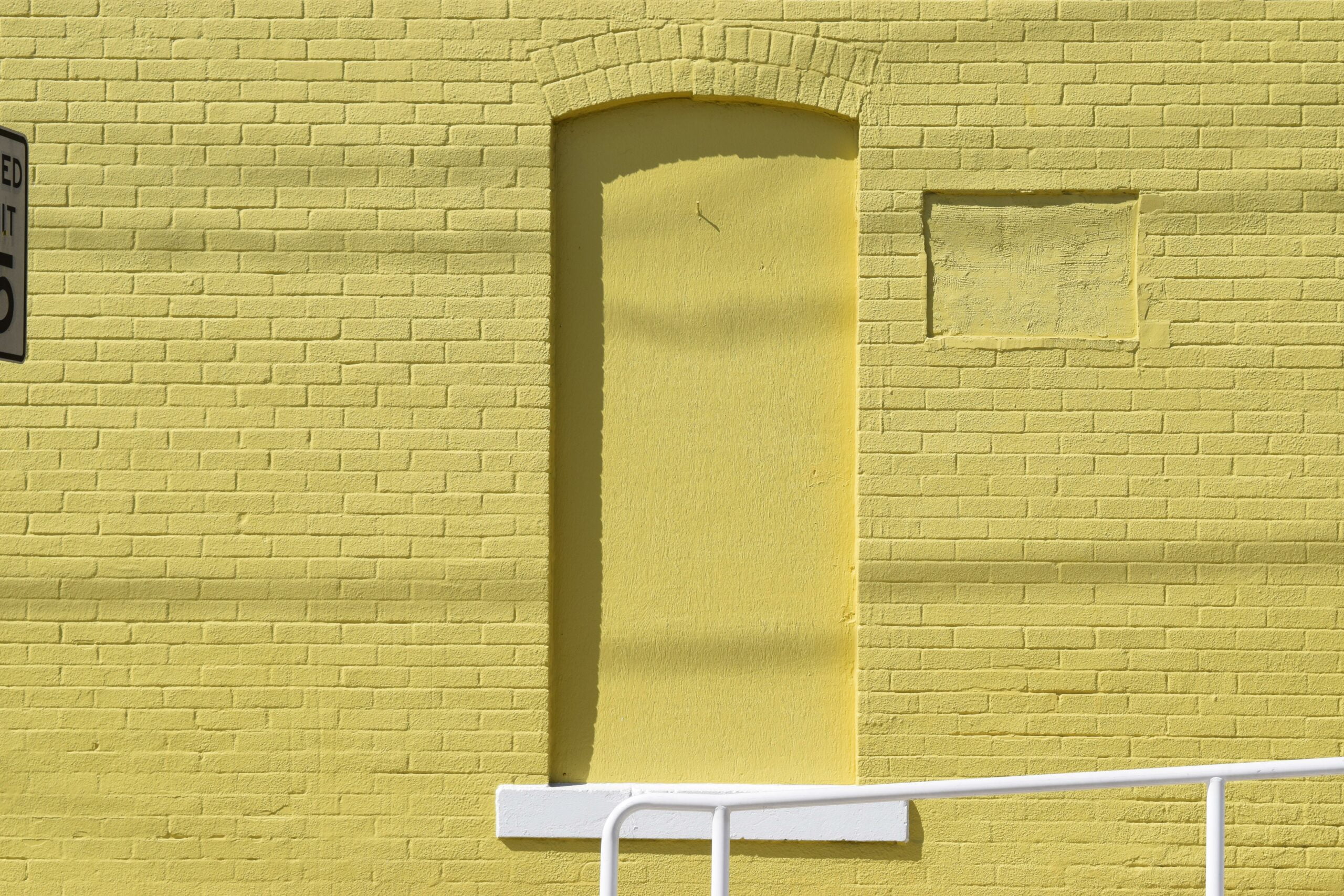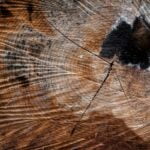Are you ready to dive into the fascinating world of keloid scars? If you think you know everything there is to know about these unique skin formations, think again! In this article, we are going to unveil some fun facts about keloid scars that will leave you intrigued and eager to learn more. As a seasoned dermatology professional with a passion for educating others, I am here to guide you through the lesser-known aspects of keloid scars and shed light on common misconceptions. So, get ready to expand your knowledge and dive deep into the intriguing world of keloid scars!

Fun Facts About Keloid Scars
Keloid scars are not your typical scars. They have unique characteristics that make them intriguing and sometimes challenging to deal with. Let’s dive into some fun facts about keloid scars that you may not have known before.
Keloid scars can be bigger than the original wound
When it comes to keloid scars, bigger is not always better. These abnormal scars have a tendency to grow beyond the boundaries of the original skin injury. You might be surprised to find a keloid scar that is much larger than the wound that caused it. It’s like a scar on steroids, overshadowing the original trauma.
“Keloid scars have a mind of their own, often growing bigger and bolder than the skin injury that triggered them.”
They can appear in various locations
Keloids are not picky about where they decide to show up. Although they can form anywhere on the body, there are some common areas where they love to make their presence known. The neck, ears, chest, back, and shoulders are prime real estate for keloid scars. It’s almost as if they have a secret preference for certain spots.
“Keloid scars have their favorite hangout spots, setting up camp on the neck, ears, chest, back, and shoulders.”
Keloids come in different shapes and colors
Imagine scars as an artist’s palette – each scar tells a unique story. Keloids are no exception. These scars can come in different hues, from pink and purple to brown. Their texture can be firm or rubbery. Some keloid scars may even have a shiny appearance. They are like little canvases of diversity on the surface of the skin.
“Keloid scars flaunt their individuality with varying colors and textures, like a one-of-a-kind work of art on your skin.”
Itching, burning, and pain – the sensations of keloids
Keloids are not just visually striking; they can also create quite a sensation. Many people with keloid scars experience itching, burning, or pain in the affected area. It’s like a constant reminder that these scars are not just cosmetic nuisances. The itching can be particularly bothersome, as if the keloid wants to make sure you never forget it’s there.
“Keloids have a way of letting you know they’re still around, with their gentle reminders of itching, burning, and occasional pain.”
Genetics play a role in keloid formation
If you have keloid scars, chances are you’re not alone in your family. Keloid formation often runs in families, indicating a genetic predisposition to these abnormal scars. If you’ve inherited the keloid-prone genes, it’s like passing down a scar legacy from one generation to another.
“Keloids may be your family’s peculiar heirlooms, passed down through the generations like scars with a story to tell.”
They are more common in individuals with darker skin tones
Keloids don’t discriminate when it comes to skin tones, but they do have a higher affinity for individuals with darker complexions. This means that people with darker skin tones have a greater likelihood of developing keloid scars. It’s just another layer in the intricate relationship between keloids and skin pigment.
“Keloids find their comfort zone in darker skin tones, forming an unbreakable bond with their pigmented companions.”
Now that you know these fun facts about keloid scars, you’ve gained a deeper understanding of their unique nature. From their unpredictable growth patterns to their diverse appearances, keloid scars are truly fascinating. So the next time you encounter one, remember that it’s not just an ordinary scar but a tale waiting to be explored.
Facts About Scars
Scars can hold fascinating stories of resilience and survival. Whether they are a result of an accidental injury, a surgical procedure, or even a battle with a medical condition, scars are unique markers of our personal journeys. Did you know that scars can also affect our skin’s texture and elasticity? To delve deeper into the intriguing world of scars and uncover some surprising facts, click here: facts about scars. Prepare to be amazed as you unravel the many mysteries surrounding these indelible marks of our past.
Fun Facts About Keloid Scars
If you’re eager to learn about keloid scar facts, there are a few intriguing things you should know. Did you know that keloid scars are not typical scars? Unlike regular scars that fade over time, keloid scars can continue to grow even after the wound has healed. These fascinating scars can appear anywhere on the body and are more common in people with darker skin tones. To discover more interesting facts about keloid scars, click here: keloid scar facts.
Now, if you’re looking for even more intriguing information, we have a treat for you – interesting facts about keloid scars. Did you know that keloid scars are more likely to develop after surgery or trauma? Additionally, certain individuals may have a genetic predisposition to keloid scar formation, making them more prone to their development. If you’re curious to learn more captivating facts about keloid scars, click here: interesting facts about keloid scars.
Keloid scars are a fascinating topic, filled with unique aspects that might surprise you. Delve deeper into the world of keloid scars by exploring these amazing facts.
Scars and keloids are common issues that affect people of all ages. In this section, we will discuss what causes scars, the different types of scars, and available treatment options.
[youtube v=”rJSnC2pHoJ4″]
Scars are the body’s response to an injury, as it tries to heal and regenerate the damaged tissue. They can be caused by various factors, such as trauma from accidents or surgeries, burns, acne, or blistering. Scars can be problematic and affect someone’s quality of life.
There are different types of scars that are characterized by their unique features. One such type is a keloid scar, which is an abnormal scar that grows beyond the boundaries of the original injury. Keloid scars can occur from surgeries or even minor injuries like ear piercings. They can be large, bulky, and cause symptoms like pain, tightness, and heaviness.
Another type of scar is a hypertrophic scar, which is characterized by elevated or ridged tissue. Unlike keloids, hypertrophic scars do not extend beyond the boundaries of the injured tissue. Contracted scars, on the other hand, involve abnormal scar tissue that restricts movement and function. They can cause difficulties in using a hand or foot properly.
There are also red scars, which are marked by a prominent red color. Though they may not cause physical symptoms, they can be cosmetically challenging and affect a person’s self-confidence. Atrophic or sunken scars are another type, resulting from injury to the underlying fat or muscle. They create a contoured deformity or a sunken appearance in the scarred area.
Treatment options for scars depend on whether they are symptomatic or asymptomatic. Symptomatic scars cause physical symptoms like pain, tightness, or discomfort, while asymptomatic scars are more of a cosmetic concern. Personalized and comprehensive care is essential to address each patient’s unique scar type and cause.
Treatment modalities can be surgical or non-surgical. Surgical options include procedures like skin grafting, where skin from another part of the body is transplanted onto the scarred area, and fat grafting, which involves injecting harvested fat into depressed scar areas. Z-plasty is a local tissue rearrangement technique used for hypertrophic and contracted scars. Ablative fractional CO2 laser resurfacing is another surgical modality that uses laser technology to modify scar tissue.
Direct scar revision involves removing the existing scar and bringing the skin edges together to revise the scar. However, it’s important to note that a new scar will form. Tissue expansion is a process in which an expander is placed in a specific area to stretch the skin and used to resurface scarred or contracted areas.
Non-surgical options include steroid injections, which are used alongside other treatments for keloids. These injections can help reduce the size and symptoms of the scar. Other non-surgical options may include laser treatments, fillers, or topical creams, depending on the type and severity of the scar.
In conclusion, scars and keloids can have a significant impact on a person’s life. Understanding the causes, types, and available treatment options can help individuals make informed decisions about managing their scars. With personalized care and a variety of surgical and non-surgical treatments, individuals can find relief and improve the appearance and function of their scars.
FAQ
Q: What causes keloid scars to form?
A: Keloid scars form when fibroblasts overproduce collagen.
Q: Where do keloid scars commonly occur on the body?
A: Keloid scars commonly occur on the neck, ears, chest, back, and shoulders.
Q: How do keloid scars differ from normal scars?
A: Keloid scars can be much larger than the original wound and may feel firm or rubbery.
Q: How long does it take for a keloid scar to appear after a skin wound?
A: Keloid scars can appear within 3-4 weeks of a skin wound but may take a year or longer to appear.
Q: Can keloids continue to grow indefinitely?
A: Yes, keloids can continue to grow for months or even years.












